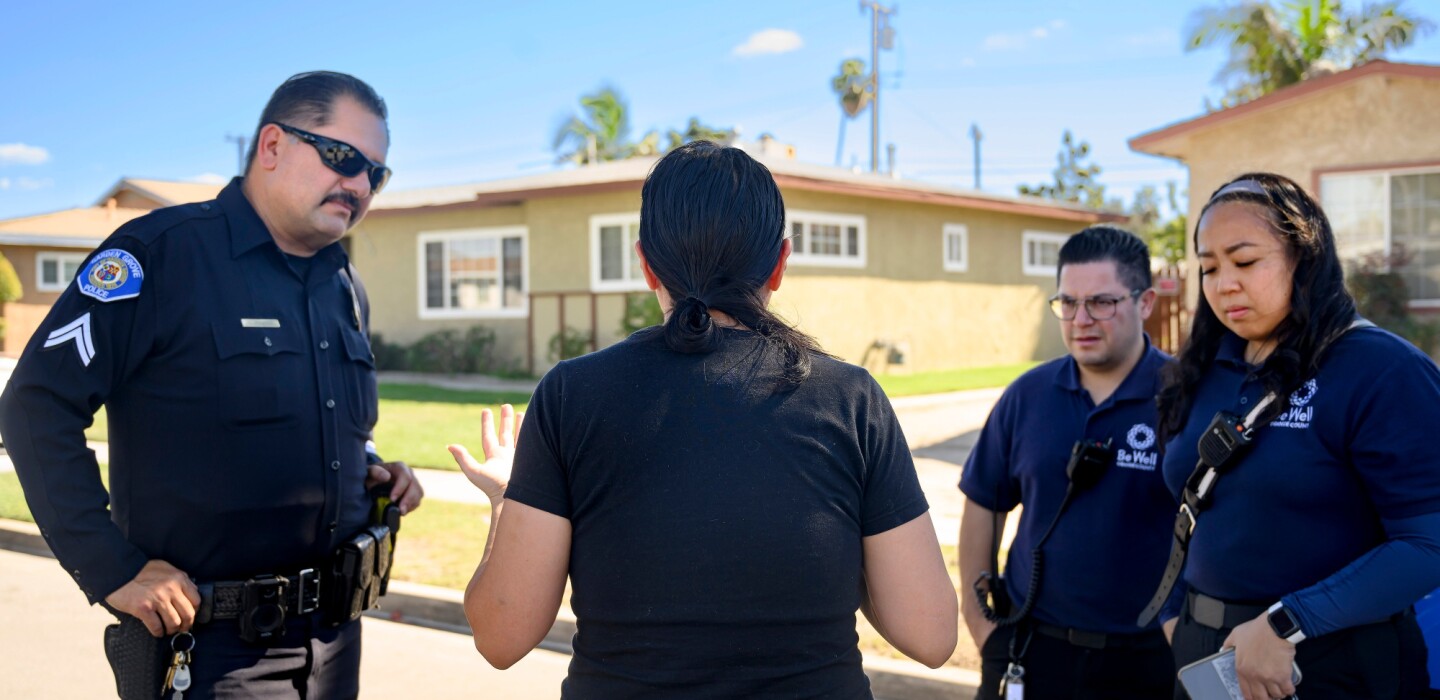
App Helps Police Connect the Dots on At-Risk Individuals
At-risk populations are growing, including homeless populations around the country. That doesn’t make the job of policing any easier.
What may, however, is a new app they can use to connect with social service providers who are trained to help these individuals, many of whom suffer from mental illness and substance abuse.
The app, the Government User Integrated Diversion Enhancement System (GUIDES), is the result of a collaborative effort between the Long Beach, Calif., Police Department, the Long Beach City Prosecutor’s Office and Laserfiche.
“Across the country, police can access critical criminal justice data, but not from a remote device like an iPhone,” Long Beach City Prosecutor Doug Haubert said in a statement. “GUIDES allows officers in the field to get access to data while they are in the field handling calls. That’s one of the ways GUIDES is revolutionary.”
Police can use the app to quickly obtain information on a subject’s background, which can enhance the officer’s ability to help that person and also help the residents of the neighborhood. If the subject has a case manager for mental health or other problems as part of the city’s Law Enforcement Assisted Diversion program, that information is available immediately through the app.
It allows officers to reconnect that person to their case manager as an alternative to incarceration. The officer can also find out if the person is on probation, has a stay-away order or has an active warrant. Through GUIDES, which is available for both Apple and Android phones, police can also share data with the prosecutor’s office, including case information, and access services available to citizens suffering from mental illness, homelessness and substance abuse.
The city of Long Beach declared an “emergency on homelessness” after an increase of 62 percent of unhoused people was measured during the years 2020 through 2022. During that time, police have had their hands full assisting these individuals on the street, Haubert said.
“For example, 10 years ago I would estimate only 5 percent of the misdemeanor arrests and citations involved transient individuals,” he said. “Now it’s more like 40 percent.”


Average Rating